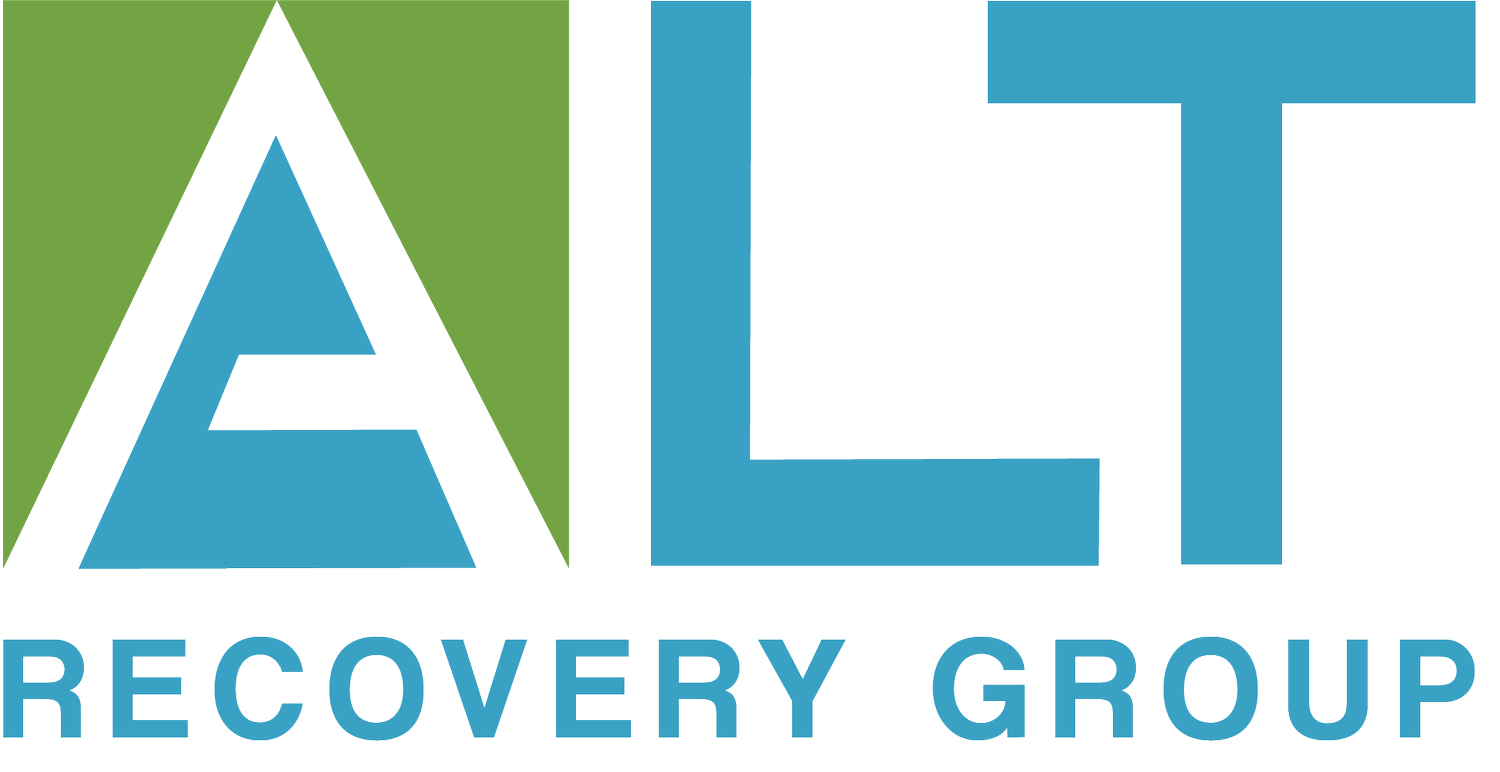Recognizing Opioid-Induced Drowsiness and Fatigue
Spot early signs of opioid misuse: Learn to recognize and respond to drowsiness and fatigue.



Opioid misuse often manifests through a myriad of physical and psychological symptoms, and among these, drowsiness and fatigue stand prominent. Recognizing these signs early can be pivotal in preventing a deepening addiction and fostering timely intervention. This article aims to shed light on these prevalent symptoms, unraveling the underpinnings of opioid-induced drowsiness and fatigue, thereby empowering readers to act decisively and promptly in the face of opioid misuse.
Opioid-Induced Drowsiness: Not Just A Simple Slumber
One of the first symptoms to manifest in the event of opioid misuse is drowsiness. This is not merely a case of feeling a bit sleepy; it involves a significant alteration in the individual's alertness level, impacting their daily functionality drastically. The underlying cause is opioids' action on the brain's neurotransmitters, which significantly diminishes the person's ability to remain alert and focused. This drowsiness can escalate, often leading to instances of nodding off unexpectedly, a stark departure from normal behavior.
Recognizing this change in alertness levels can be the first step in acknowledging a deeper problem, paving the way for conversation and assistance. It's vital that friends, family, and colleagues are equipped to notice these changes and respond with urgency and empathy.
Fatigue: A Lingering Energy Drain
Beyond drowsiness, opioid misuse fosters a deeper level of energy drain termed as fatigue. It is characterized by a persistent feeling of tiredness, weakened physical strength, and reduced mental agility. The individual might find even simple tasks overwhelming, as their vitality seems to be sapped continually. This fatigue goes beyond just physical tiredness, encompassing mental and emotional dimensions as well, which can significantly dampen the person's overall quality of life.
Understanding the nuanced differences between normal tiredness and opioid-induced fatigue can be a beacon of hope, signaling when to step in and offer support or seek medical intervention. It stands as a silent scream for help, a telltale sign of the deeper struggle occurring within the individual.
Conclusion
As the opioid crisis continues to grip society, being able to recognize the early signs of misuse, such as drowsiness and fatigue, can be invaluable. It allows for the initiation of conversations around help and recovery much sooner, potentially saving lives in the process. This article serves as a guide in recognizing these telltale signs, urging communities to remain vigilant and proactive in the battle against opioid addiction.
Together, we can cultivate a society that stands guard against the devastations of opioid misuse, fostering hope, support, and recovery for those caught in the web of addiction.
Latest Articles


We are here to help you succeed!





